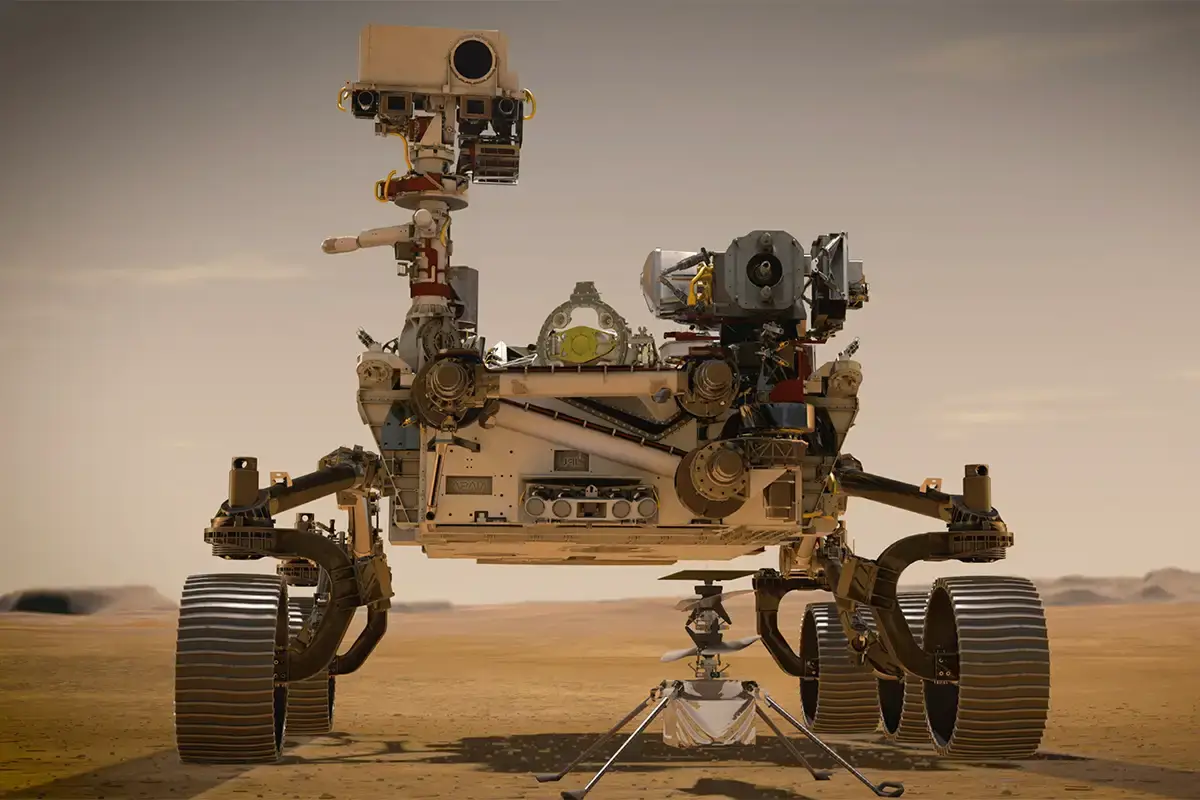Introduction
In the vast expanse of the universe, the Pegasus Dwarf spheroidal galaxy, also known as Andromeda VI, stands out as a captivating object of study. Captured in stunning detail by NASA's Hubble Space Telescope, this galaxy shines with a glittering collection of stars against a backdrop of distant galaxies. As a member of the Andromeda galaxy's retinue, Pegasus Dwarf offers a unique glimpse into the nature of some of the dimmest and least massive galaxies known to astronomers.
The Andromeda Galaxy and Its Satellites
The Andromeda galaxy, or Messier 31, is the Milky Way's nearest grand spiral galaxy neighbor and serves as a host to at least thirteen dwarf galaxies, including the Pegasus Dwarf spheroidal galaxy. These mini-galaxies, though small in comparison to their larger counterparts, are crucial for understanding galactic formation and evolution. Dwarf spheroidal galaxies, in particular, are noted for their elliptical shapes and relatively smooth distributions of stars, as well as their low mass and luminosity. They are generally devoid of significant gas and are primarily populated by older and intermediate-age stars, with only sporadic recent star formation.
The Pegasus Dwarf Spheroidal Galaxy: Discovery and Characteristics
Discovered in 1998, the Pegasus Dwarf spheroidal galaxy has intrigued scientists with its peculiar characteristics. Despite having a small amount of heavy elements, it contains more gas than many of its Local Group counterparts. This suggests that while it is relatively gas-poor, it has not been entirely stripped of star-forming materials. Researchers hypothesize that the gravitational field of the Andromeda galaxy may have played a significant role in this process, potentially stripping away the gas necessary for forming new stars and leaving behind a galaxy with a limited star-forming history.
Understanding Dwarf Spheroidal Galaxies
The formation and evolution of dwarf spheroidal galaxies like Pegasus Dwarf remain subjects of active research and debate. Several theories attempt to explain their origins, including galaxy collisions that produce small fragments, the gravitational influence of larger galaxies on smaller, disk-shaped dwarfs, and the processes associated with the formation of small systems within dark matter halos. As Andromeda and the Milky Way are the only galaxies close enough for detailed observation, they provide valuable clues to the formation and evolution of these elusive satellite galaxies.
Hubble's Contributions and Ongoing Research
The Hubble Space Telescope's study of the Pegasus Dwarf spheroidal galaxy is part of a broader examination of the entire Andromeda system of satellites. This research is critical for investigating fundamental cosmic questions, including the nature of dark matter, the process of reionization, and the development of galactic ecosystems across cosmic time. By exploring these dim and distant galaxies, astronomers hope to uncover insights into the complex interplay of forces that shape our universe.
Conclusion
The Pegasus Dwarf spheroidal galaxy, captured in breathtaking detail by Hubble, offers a window into the mysterious and often overlooked realm of dwarf galaxies. As a member of the Andromeda galaxy's entourage, it plays a vital role in our understanding of galactic formation and evolution. Through continued study and observation, we inch closer to unraveling the secrets of these enigmatic cosmic objects and gaining a deeper appreciation of the universe's intricate tapestry.









Add a Comment: